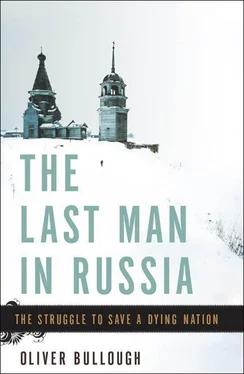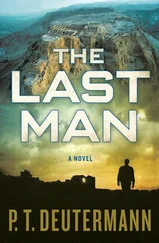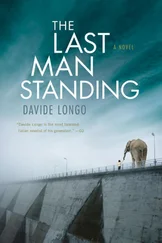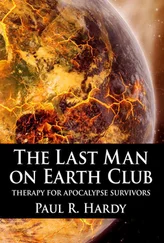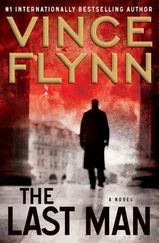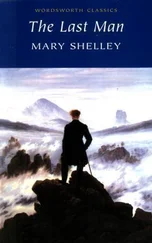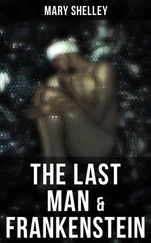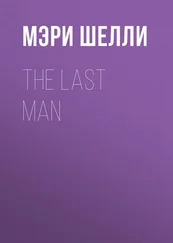In Father Dmitry’s life story, therefore, I have sought other answers too: is there hope for the future? Is the damage inflicted on the Russians reversible? Can a new generation, raised without the dead dogma of communism, kindle a new kind of state, where people are free to be themselves?
It is possible to imagine the kind of state where Russians might be happy to live, work and have children: the only kind of state that could have a future. It is what Father Dmitry was trying to build when he preached in the churches of Moscow, and when he prayed in the KGB’s camps. That is why I set off to follow the tracks of Father Dmitry and his friends, north to the gulag, east to the Urals, but first of all west to the village of his birth: Berezino, in the forests of Russia’s ancient heart.
1
They took our grandfather’s land
So one morning in summer 2010 I woke up in an old Soviet hotel in the city of Bryansk, far to Moscow’s west.
It was hot. The buildings were wavering in the heat before I even left the bus station, where tanned, shirtless bus drivers shouted their final destinations as if they could persuade arriving passengers to cancel their travel plans and go with them instead. The route to Berezino was complex. First I sat on a packed minibus, which took me to a large shop. Then an elderly bus rattled to a town covered in grey cement dust. This was Fokino. Then another bus took me to Berezino itself. We stopped on the edge of a dusty yard, flayed by the sun and dominated by a five-storey apartment block. Two large-bosomed women stood beneath its balconies and argued.
My goal was to find Father Dmitry’s surviving relatives, but I had not up to now given much thought to how I would do that once I got here. My normal approach is to turn up, look inquisitive and hope someone takes pity on me. I walked towards the two women, and idled past them. They ignored me. One or two people were still by the bus stop, so I walked back towards them, passing the two women once more. Again, no one looked at me.
‘What are you doing?’
I turned to see a handsome woman of about forty, eyes crinkled with amusement, all dressed in black despite the weather. She was sitting on a bench in the shade of the bus station.
‘I saw you come in on the bus, and then walk over there, and walk back here, and now you’re standing around. What are you doing?’
She looked friendly, so I explained the nature of my quest: I was looking for relatives of Father Dmitry, and wanted to understand how his upbringing had made him the way he was. She shook her head. There were no Dudkos round here. But she had nothing much to do for the next few hours so she took my hand and marched me across the baked plain of the yard to meet her mother.
‘I’m called Galya,’ she said.
It was only after we had rung her mother’s doorbell for some time that she remembered that it was a Saturday. Her mother, it transpired, was a Seventh Day Adventist and would be praying with her sister, Galya’s aunt. We marched back down the staircase and across to a second apartment block – the ground in between was full of vegetables ripening early in this intense heat – where we found the old women. They wore headscarves and cardigans, and were sitting on an old sofa with the Book of Revelation open in front of them.
They had never heard of any Dudkos, and had lived here all their lives. This was not good. Nonetheless, I decided to come away with something and got my notebook out anyway. Anna Vasilyevna, Galya’s aunt, was born in 1922 – the same year as Father Dmitry. Nina Vasilyevna, who had twelve other children besides Galya, was three years younger. This, I thought, could at least be a chance to find out about life under occupation. This whole area was taken by the Germans at the very start of Hitler’s war. Father Dmitry had spent two years under German occupation, and all old people would have shared his experiences of foreign rule.
Except they did not want to talk about that. They wanted to talk about their faith, and about grandchildren – in that order.
‘I started to believe in God in the wartime. The bullets were flying. Our uncle Matvei brought the faith back from the army. He did not drink or smoke. He gave up vodka, and he stopped stealing or lying,’ said the aunt.
I looked round at Galya, who was giggling silently. I began to suspect this was a practical joke she had set up to pass the time.
‘They will burn everything. Now there is freedom of religion, if we live long enough the pope of Rome will come and kill us.’
She looked pleased, as if this would be a very satisfactory way to end her life. Then Galya’s mother started reciting names.
‘Vita, he’s first. Write it down. Then Olya and Natasha.’ I looked at Galya, confused. She mouthed the word ‘grandchildren’. I blinked and wrote the three names down. ‘Tanya, Sveta, Ira, Nina, Zhenya, Vasya, Yulia, Maxim, Igor, Denis.’ The list went on and on until it finally finished: ‘Nadya, Veronika, Misha. How many’s that?’
I counted them. There were twenty-eight.
‘Exactly. Twenty-eight. And eighteen great-grandchildren.’
An argument ensued about whether there were eighteen or nineteen. We went over the list thrice more. The aunt’s husband had been killed in the war, so she had no grandchildren and she eventually tired of such a sterile debate. She turned back to the faith, and my mind drifted a little. I looked at the generations: thirteen children, twenty-eight grandchildren and eighteen great-grandchildren. That is the kind of contraction happening everywhere in Russia. If every couple has just one child, then the generation size halves, which is more or less what had happened here.
It could not have been more different when these two old women were born. Industry and railways had brought unprecedented mobility to Russia in the years before the revolution, but the villages where they started their lives had still changed little since the Middle Ages. The fertility level was high – comparable to that of Somalia today, where each woman has more than six children – and 80 per cent of Russia’s population were peasants.
Although serfdom – the slavery that tied peasants to the villages and gave landlords almost limitless powers to punish them – was scrapped in 1861, the peasants were still not free to move. They had to pay off the debt incurred by buying their freedom, and were collectively liable as villages for the sum. Few wanted to leave anyway. The communal pull was so strong that successive well-wishers from both ends of the political spectrum retreated before their stubborn attachment to their old ways of life, the yearly division of land, the Church, folk medicine.
Death rates remained high. Mothers smothered unwanted babies in bed. Babies were left in the care of their siblings, who often rocked their cradles so hard they fell out and died. Diarrhoea was treated by hanging children up by their legs and shaking them violently. ‘Outie’ belly buttons were spread with dough so mice could nibble them off. In most homes, more than half the children died. The poorer families, according to one eyewitness account of life in a Russian village in the late nineteenth century, often welcomed the deaths of infants with the words: ‘Thank goodness, the Lord thought better of it.’
It was a life of superstition. Any outsiders were distrusted and opposed. Local officials could flog adults on their bare bottoms for the most minor of offences. The eyewitness, an aristocrat called Olga Semyonova Tian-Shanskaia, described how in one village near her home pigs dug up the body of a baby that had been murdered.
‘No action was taken in the matter. Peasants do not like criminal investigations and keep quiet even when they know something.’
Читать дальше
